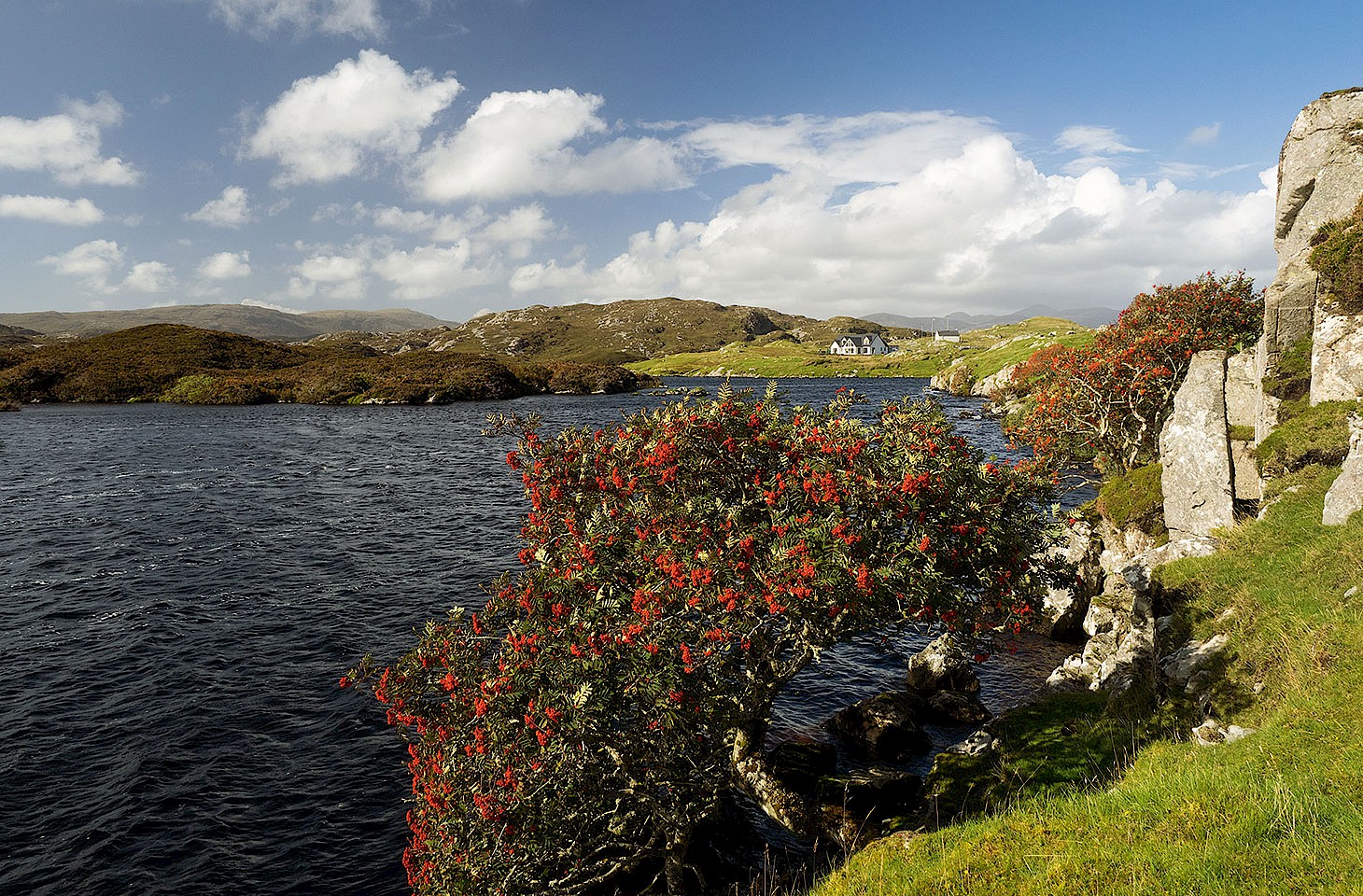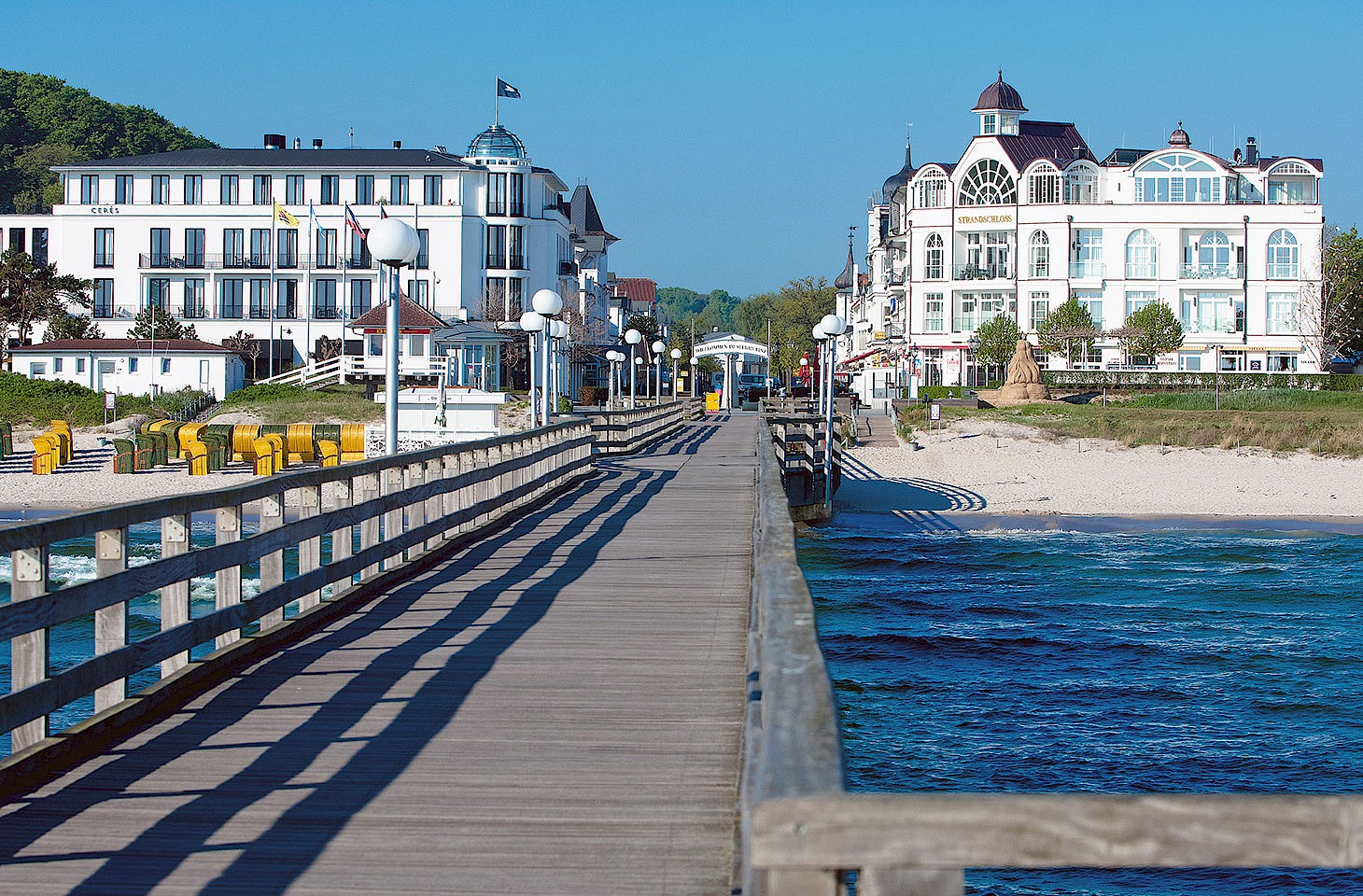Dear fellow travellers
It’s been a while since we were in the Arctic port of Vardø, which is on an island off the eastern extremity of the Varanger Peninsula. Vardø is a small port on the Barents Sea and the jumping-off point for many Arctic adventures. On the seaward side of a building on the quayside at Vardø, someone has painted in bold letters the English words “Cod is great”. This intelligence will come as no surprise to anyone who knows Barents Sea cod.
February is the season for skrei, sometimes known as Valentine’s cod. With the slightly lighter days in February, the Barents Sea cod swim down to breed in the rich fishing grounds around the Lofoten Islands. And Norwegian trawlers are there waiting to take a rich catch of this special variant of cod which is whiter than white and flakes beautifully when carefully cooked.
It’s the timing of the migration that has led to skrei securing an association with the 14 February feast of St Valentine. We usually see skrei in the fish markets here in Berlin for about a six-week period from the start of February. In southern Europe, however, cod is particularly associated with Lent, the penitential season of about 40 days which runs up to Easter. But the Lenten cod is very different from skrei. It is the dried and salted cod known most commonly by its Portuguese name bacalhau.
Salted cod is part of Portuguese identity, as intrinsic to the national spirit as fado and football. Indeed, Portugal’s understanding of its own maritime history and vocation is mediated by bacalhau. The methods of curing have changed over the centuries and the cod these days is more likely to come from Norway than from Newfoundland. But a Lenten fish stew in Lisbon is still a healthy helping of Portuguese history on the dinner table.
It’s not merely in Portugal that cod has strong religious associations. Salted cod is popular throughout the Catholic countries of southern Europe. The former Catholic tradition of avoiding meat in these Lenten weeks propelled cod to prominence as an alternative source of protein, and the great thing about the dried and salted variety of the fish is that it doesn’t require fast delivery and cold storage.
We’ve always been struck by the ingenuity of Catalan cuisine, and there cod is most certainly king in the run-up to Easter. Oh for a plate of esqueixada, a wonderful Catalan dish where shredded, salted cod is mixed with ripe tomatoes, peppers and onions, all drenched in good olive oil. Barcelona even has a seasonal Ruta del Bacallà where, during the weeks prior to Easter, visitors and locals can follow a trail which leads from one cod delicacy to the next. A tapas route of fishy delights.
In southern European Catholic folklore, there’s a figure known as Granny Lent. In the Iberian rendering, she has seven legs, representing the six Sundays of Lent followed by Easter Sunday. She is traditionally depicted holding a couple of bacalhau in her left hand.
Devotees of bacalhau argue that it knocks the spots off fresh cod when it comes to taste. Those devoted to a succulent fresh loin of skrei may disagree - but both camps can probably rally around that slogan up in Vardø: “Cod is great”.
Nicky Gardner and Susanne Kries
(editors, hidden europe magazine)



